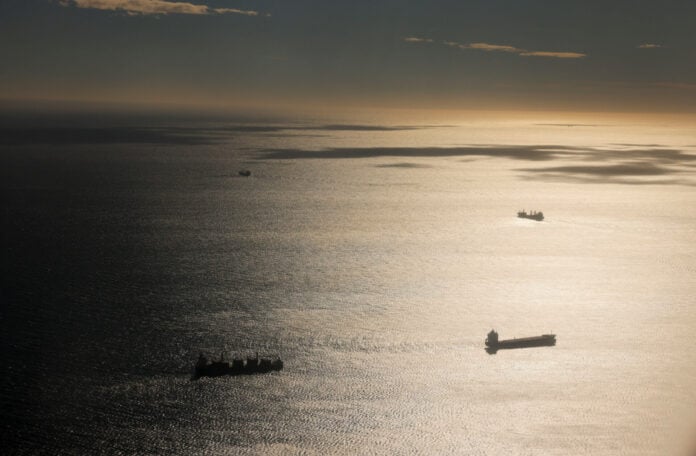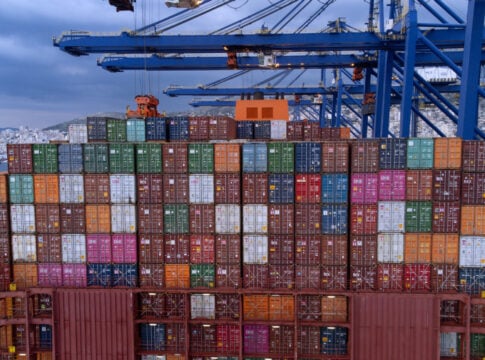As 2024 comes to an end, the key Baltic Dry Index (BDI) is showing a lackluster performance this year compared to the strong levels of 2023.
As reported on the Trading Economics website, the BDI, which measures shipping prices for dry bulk, has recorded an annual decline of 52.5%, marking its worst year since 2014, due to weak rates across all ship categories.
The weakening of the key index highlights the challenges facing the shipping industry, affected by factors such as the global economic slowdown, geopolitical tensions and changes in demand for raw materials.
While 2024 was sluggish, there are still opportunities for recovery and growth in 2025, if demand increases, especially from major regions such as China and South America.
As shipping market sources reported to “N”, the main risks stem from the ongoing trade tensions between the US and China, the prolonged Russia-Ukraine war and the escalating instability in the Middle East.
The critical Red Sea shipping route, due to the war situation in the Middle East, has seen significant disruptions, affecting ship employment and trade patterns.
These challenges have led to higher operating costs, rerouting of voyages and increasing insurance premiums, creating a knock-on effect across the entire shipping industry, significantly affecting supply and demand in the market globally.
However, the development of the dry bulk and tanker sectors is not solely dictated by geopolitical instability. A critical factor affecting freight rates is the persistent oversupply of ships.
Meanwhile, the Baltic Dry Index fell below 1,000 points as lower capesize profits dragged the spot market index down. The BDI, a barometer of the strength of the spot market in the dry bulk sector, reached 997 points on Christmas Eve. However, it fell 52.5% year-on-year, marking its worst year since 2014, due to weak rates across all ship classes. The capesize index, which tracks large ships carrying cargoes such as iron ore and coal, rose 15 points to 1,147 points, but has fallen 66.7% overall this year. The panamax index, for medium-sized ships carrying coal or grain, added 8 points to 988, down 48.7% year-on-year. Smaller supramax ships saw their index decline by 9 points, to 923, a 32% drop year-on-year and the lowest level since August 2023.














